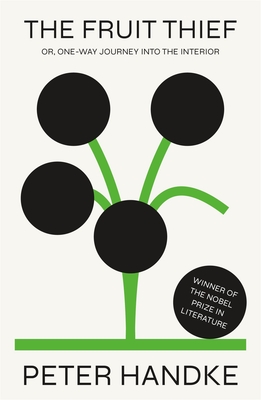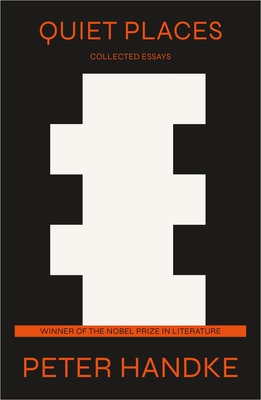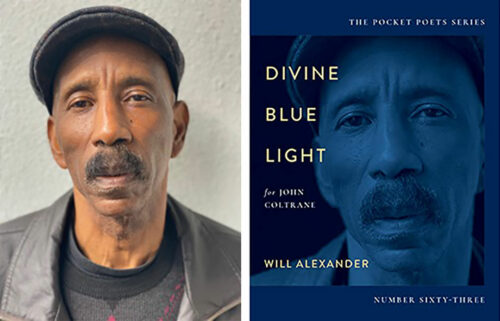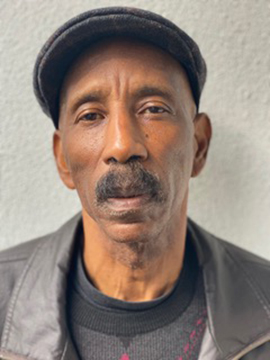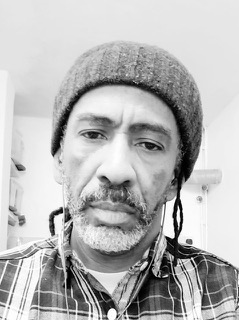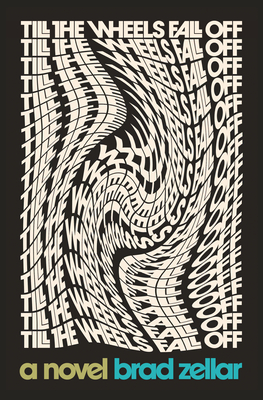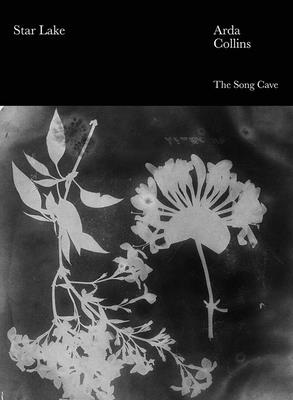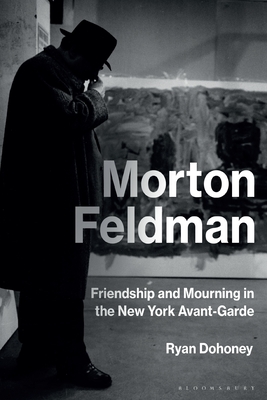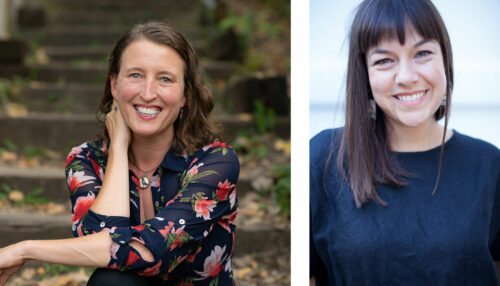The Fruit Thief
Peter Handke
Farrar, Straus and Giroux ($28)
Quiet Places: Collected Essays
Peter Handke
Farrar, Straus and Giroux ($30 )
by John Toren
Though he burst onto the scene half a century ago with confrontational theatrical works on the order of Offending the Audience, and slim, visceral, Hamsun-esque narratives like The Goalie’s Anxiety at the Penalty Kick, the Austrian novelist Peter Handke has in recent decades enraptured the European intelligentsia less often than his complex and political pronouncements have disturbed them. And that hardly changed when, in 2019, he was awarded the Nobel Prize “for an influential work that with linguistic ingenuity has explored the periphery and the specificity of human experience.”
Another distinguished German author, W.G. Sebald, observed thirty-odd years ago, well before Handke took his Quixotic and largely wrong-headed stance on the Balkan Wars, that “most of what is published on Handke’s newer work is of a distinctly polemical character.” Sebald noted then that unlike Handke’s crisp, youthful works, his style had become more “hermetic,” more “difficult to describe.” And that trend only increased in subsequent works. Such a path of development is common among novelists, of course; for an example look at the aging Henry James: the same themes, but far more elaborate embroidery.
If Handke’s recent novels seem longer than they are, it’s because they’re episodic travelogues that adopt a storytelling style in which neither dialogue nor personal interactions play much of a part. True to form, the narrator of The Fruit Thief, who resembles Handke himself (as usual), makes it clear from the start that he’s going to set out on a journey from one property to another, though he doesn’t spell out why. His manner of describing that journey is ruminative rather than expository, as if he were merely talking to himself, shaping a tale while correcting the details, and offering asides to the reader and advice to himself to ensure that it doesn’t resemble a conventional novel.
For example, though much of this journey takes place on foot, references to numbers, distances, and so on, are taboo. The same goes for historical references. The characters, such as they are, are seldom given names, and when they are identified, those names are rarely used. Though most of the events take place outside, and descriptions of fields, rivers, thickets, and woods are legion, the names of specific plants, animals, or geological landforms rarely appear.
The one element of the journey that Handke seems to relish is its geography. Obscure place names are lovingly mentioned, repeated, and described in relation to one another, again and again, as if the author were structuring an otherwise amorphous succession of episodes by means of a map of the Val-d’Oise region of France laid out on the desk in front of him.
In the first quarter of the novel, the eponymous “fruit thief” is seldom mentioned, and never appears. As the narrator heads off from his home near Versailles, he hears her voice, briefly. Later he sees the swift motion of hands in an apple tree or under a fence but doesn’t really see the fruit thief herself. Crossing Paris via train and metro, he continues northwest to the modern suburb of Cergy, and along the way he comments at length on how wrapped up in their own lives the people in the cafés and on the trains seem. Somewhere along the way, he spots an unknown woman asleep in a stairwell, and it later dawns on him that she is the fruit thief.
At this point the focus of the narrative shifts to her experiences, but they are cut from the same cloth as those of the narrator. On the one hand, she’s often enraptured by the sights and sounds of the journey, and no less often in the suburbs than in the countryside. We learn that she is on a mission to locate her mother, a successful banker who has been missing for almost a year. To that end she decides, for reasons that remain obscure, to head for the construction site north of Paris where her brother works.
The fruit thief’s route takes her to an antique flour mill; she happens upon a funeral service, which she attends, and she encounters numerous strangers along the way—a homeless man, a schoolteacher, an innkeeper, a pizza delivery boy, an old man looking for his cat. These episodes enliven the tale, though they sometimes begin to resemble the elaborations of a storyteller merely padding his narrative. Near the end of the book, the fruit thief expresses astonishment that she has been on the road for only three days, and many readers will feel the same way.
But there is plenty of music in Handke’s prose, and because he has abandoned the quest for verisimilitude from the get-go, he can toss in a speculative query or a philosophical aside whenever it suits him. Here, for example, is a brief description of one of the villages the fruit thief passes through:
Houses, ruins, the church tower, and the gypsum-limestone grayish white escarpments, looming over the village’s buildings, including the tower, by two or three stories; all consisted of the same material, whether built, grown, or deposited, and the chains of cliffs and crags, surrounding the town at their feet, imparted regularity to what at first appeared to be the chaotic irregularity of the jumble of houses below, and also provided rules, which could not be reckoned only in millennia, and likewise included—now, now, and now—the tracks and the railyard, rusting away except for two pairs of tracks in the middle, as well as the river, channeled into multi-armed canals. “Now is now” could also mean something entirely different, and “once upon a time” did not have to mean “past and gone.” Oh, the same blackish lichens on the gypsum cliffs, on the square stones of the church tower, on the limestone walls of the houses, on the low stone walls along the roads leading into the town. Oh, the caves here and there at the foot of the cliffs, where cars and tractors parked next to ladder and solid-sided wagons, no longer in use.
What’s going on here? Handke has never been interested in the realistic bourgeois novel ala Flaubert, and as he has aged, he’s hitched his team more blatantly to the rhapsodic, bucolic, highly detailed and occasionally tedious cart of medieval “romantic” poets such as Chretien de Troyes and Wolfram von Eschenbach, the author of Parsifal, whom he mentions by name five or six times during the narrative. One of his favorite lines, which appears again and again as he pauses to analyze the course his narrative is taking, is: “Strange. But perhaps not so strange.”
Handke is searching, as he mentions very early in the book, for “an entirely different modality” of literary expression. The zeal with which he pursues this goal might be suggested by the fact that the only blatantly erotic episode in the book, highly satisfying for the individuals involved, takes place between the fruit thief and the pizza delivery boy—but only in their dreams.
Such an approach is not for everyone. Yet readers who have had their fill of crime novels, geopolitical thrillers, and memoirs of enlightenment or abuse, might find Handke’s vision attractive, and his approach to describing it methodical but also strangely refreshing.
Alongside The Fruit Thief, Handke’s U.S. publisher has reissued a number his early novels with highly stylized minimalist covers, as well as a collection of his essays under the title Quiet Places, which includes two newly anthologized pieces together with the three essays that appeared in 1994 in The Jukebox and Other Essays on Storytelling. For newcomers to Handke’s work, this collection might serve as a good introduction—though readers ought to be aware that it contains none of Handke’s often exquisite short essays, such as the ones that appear in the compact volume Once Again for Thucydides.
The first piece, “The Mushroom Maniac,” isn’t an essay at all, but rather, a hundred-page narrative describing a friend’s growing obsession with mushroom hunting. It bears all the hallmarks of Handke’s narrative style, but the story is tedious and largely unconvincing. In the title piece, “Quiet Places,” Handke delves into the importance of the time he’s spent over the years in bathrooms, outhouses, restrooms, and so on. It’s an odd topic, but Handke makes it work, avoiding scatological references entirely while describing, for example, the ray of light coming up through a pipe in the “shed” on the farm where he was raised, and his first night at a Catholic boarding school, which he spent, terrorized, on the floor of a toilet stall.
This essay reaches its peak in Handke’s description of wandering aimlessly across Japan for a week, alone, clueless, and bewildered by the language. He finally gets his bearings in the outhouse of the temple at Nara, where a grayish but luminous quality of light overpowers him:
A sense of arrival, of being taken in, of here-and-now? The Quiet Place of Nara was also a site of liberation. It was not a mere refuge, not a shelter, not an out-of-the-way place. In that morning hour it was the essence of a place, such as perhaps had never existed, pure placeness. There I became—what word did people use at one time?—ebullient, filled with an invigorating, unfocused energy. The place awakened enthusiasm. Yes, a “spirit” was at work in that Quiet Place that, to paraphrase Tanizaki, provided “peace and quiet” and at the same time got one moving—a spirit of restlessness, of ebullience, of magical invulnerability. . . . I felt as though nothing could get to me, not even Siberian cold, and if the wood cabin, “fine graining” and all, had suddenly burst into flames with me inside, I would have escaped without a single hair on my head singed—a pretty illusion?
In a subsequent essay, Handke analyzes the very different forms of tiredness he experienced as a child in church and at dreadfully uninspiring lectures at school. A third type, which it seems he’s experienced more than a few times, is the tiredness felt by a couple who suddenly grow bored with one another, have nothing more to say, and split up on the spot, never to see each other again. On the more positive side, Handke eloquently describes the tiredness he felt as a child after a day of threshing grain on the family farm in southern Austria. The special beauty of this form of tiredness is that it’s shared by the entire group:
While the clouds of dust settled, we gathered in the farmyard on shaking knees, reeling and staggering, partly in fun. Our legs and arms were covered with scratches; we had straw in our hair, between our fingers and toes. And perhaps the most lasting effect of the day’s work: the nostrils of men, women, and children alike were black, not just gray, with dust. Thus we sat—in my recollection always out of doors in the afternoon sun—savoring our common tiredness whether or not we were talking, some sitting on a bench, some on a wagon shaft, still others off on the grass of the bleaching field—the inhabitants of the whole neighborhood, regardless of generation, gathered in episodic harmony by our tiredness. A cloud of tiredness, an ethereal tiredness, held us together (while awaiting the next wagonload of sheaves). And my village childhood provided me with still other pictures of “we-tiredness.”
Though he mentions them explicitly only on occasion, these two extremes are the poles between which Handke’s narratives almost invariably run: the isolated clarity and ecstatic ebullience of the temple outhouse and the selfless harmony of the mythic village neighborhood. The intermediate zone, where “normal” people meet, interact, converse, and develop relationships, is evidently too static, too predictable for Handke’s taste. Hence the importance of storytelling, of adventures. Taken in tandem, The Fruit Thief and Quiet Places indeed offer the exploration of humanity’s periphery and specificity referred to in the Swedish Academy’s Nobel citation.
Click here to purchase The Fruit Thief at your local independent bookstore:
Click here to purchase The Fruit Thief at your local independent bookstore:
Rain Taxi Online Edition Fall 2022 | © Rain Taxi, Inc. 2022

